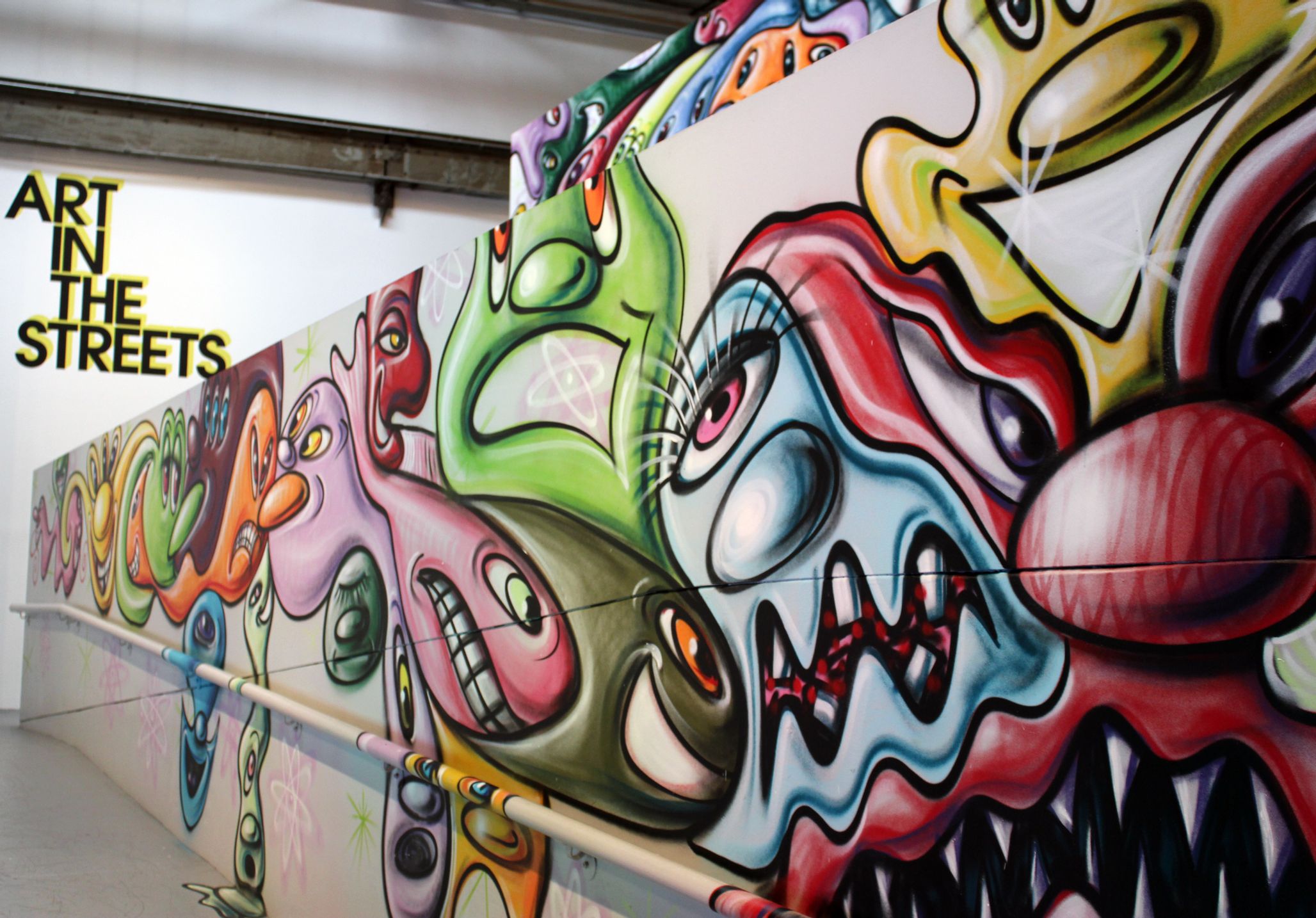Summer 2011
Graffiti Gets the Glory
– The Wilson Quarterly
The vogue for street art among elite gallery owners and art collectors recently reached its apotheosis.
The vogue for street art among elite gallery owners and art collectors recently reached its apotheosis in a major museum exhibit at the Geffen Contemporary, a satellite of Los Angeles’s Museum of Contemporary Art (MOCA). But visitors with an eye for the ironic will note that the museum sports a fresh coat of paint on its back wall, covering up some unwelcome artistry outside, writes City Journal contributing editor Heather Mac Donald. This fresh paint encapsulates the hypocritical stance of graffiti’s admirers, who celebrate street art in the confines of museums and galleries but never on their mansions, and who turn a blind eye to its real and pernicious effects in inner cities.
The Geffen show is the debut exhibit of MOCA’s new director, Jeffrey Deitch, a former New York gallery owner and art agent with a long history of glorifying street art and its creators. Deitch once transformed his gallery into a faux ghetto street, a “Disneyesque barrio [that] gave New Yorkers who would never dream of getting off the subway north of 96th Street that delightful frisson of proximity to the underclass,” Mac Donald tartly observes.
Is graffiti an underappreciated art form or simply a criminal activity that often goes hand in hand with drug use and truancy?
Tellingly, most of the graffiti artists who are venerated by elite art dealers are white and middle class. If art dealers and patrons were to leave their comfy world and interact with young black and Hispanic graffiti artists in the inner city, they would find that graffiti often goes hand in hand with drug use and truancy. By many graffitists’ own accounts, their pastime encouraged them to skip school and led to their dropping out altogether, Mac Donald reports.
She contends that the hypocrisy exhibited by those who glorify graffiti is exceeded by that of the artists themselves, “who wage war on property rights until presented with the opportunity to sell their work or license it to a corporation.” (Stealing is so rampant in the graffiti world that one popular brand of spray paint is sold only by mail in order to prevent its theft from store shelves.) One graffiti artist, Saber, said in an interview that “there is no room for empathy when there is a motive for profit.” He has sold designs to Levi’s, Hyundai, and Harley-Davidson.
All this is not to say there’s nothing of artistic value in some graffiti murals, Mac Donald admits. Some show an “intuitive” knack for graphic design. “In theory,” Mac Donald believes it could be possible to have a show about wall-painting “without legitimating a crime. . . . Such an exhibit would include only authorized murals, whether past or present, and would unequivocally condemn taking someone else’s property without permission.”

THE SOURCE: “Radical Graffiti Chic” by Heather Mac Donald, in City Journal, Spring 2011.
Cover photo courtesy of Flickr/Andrew Aliferis
